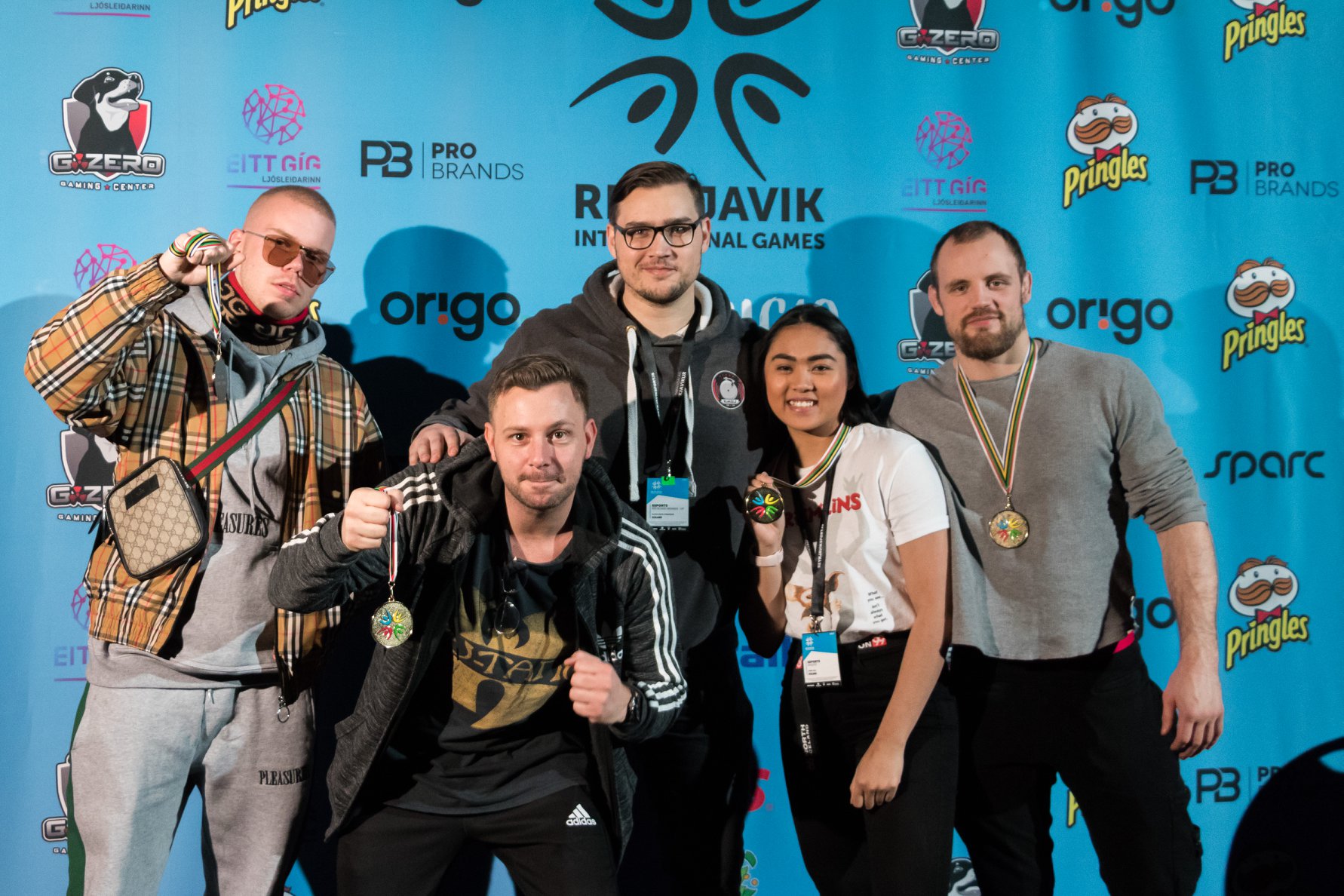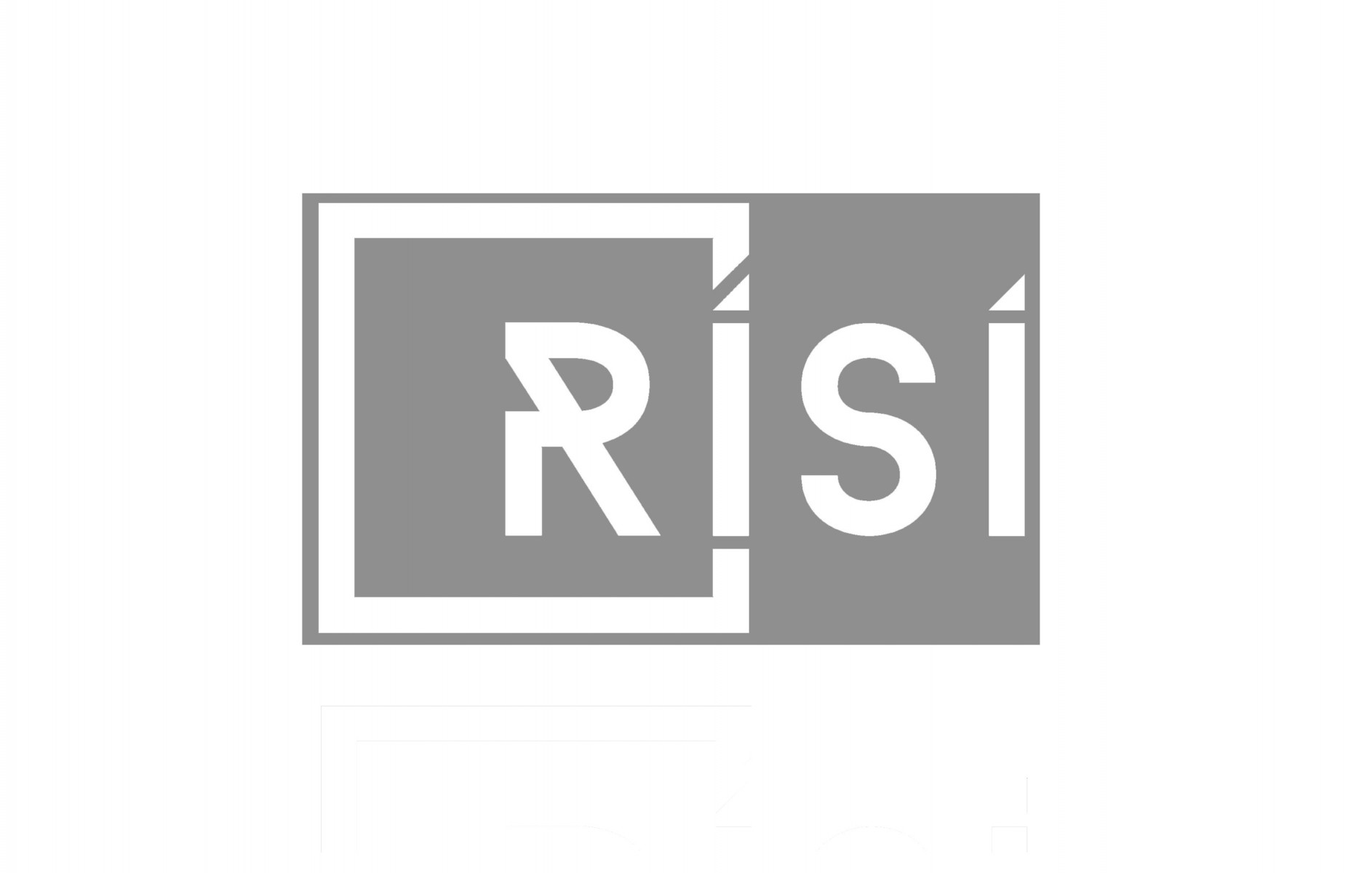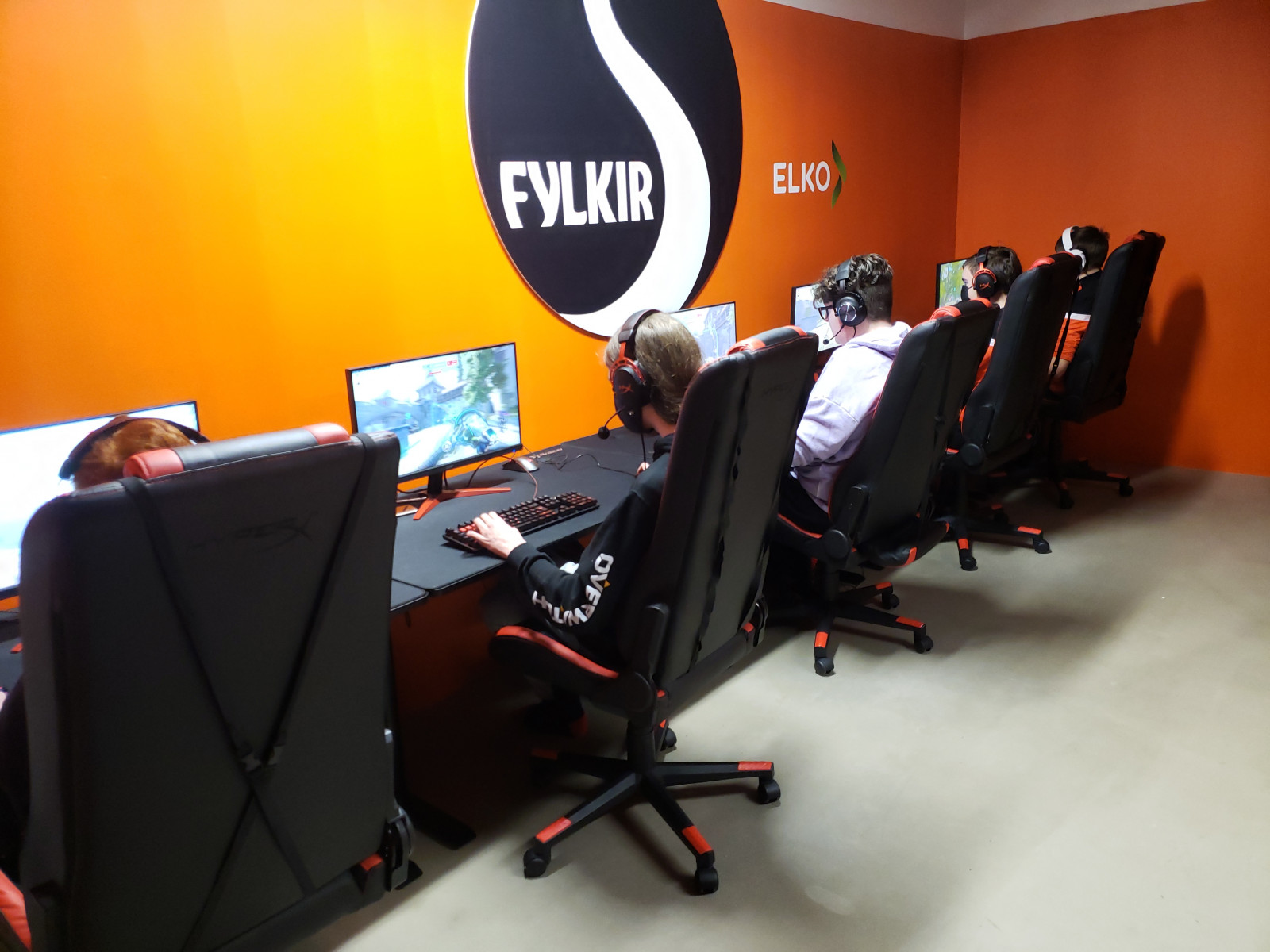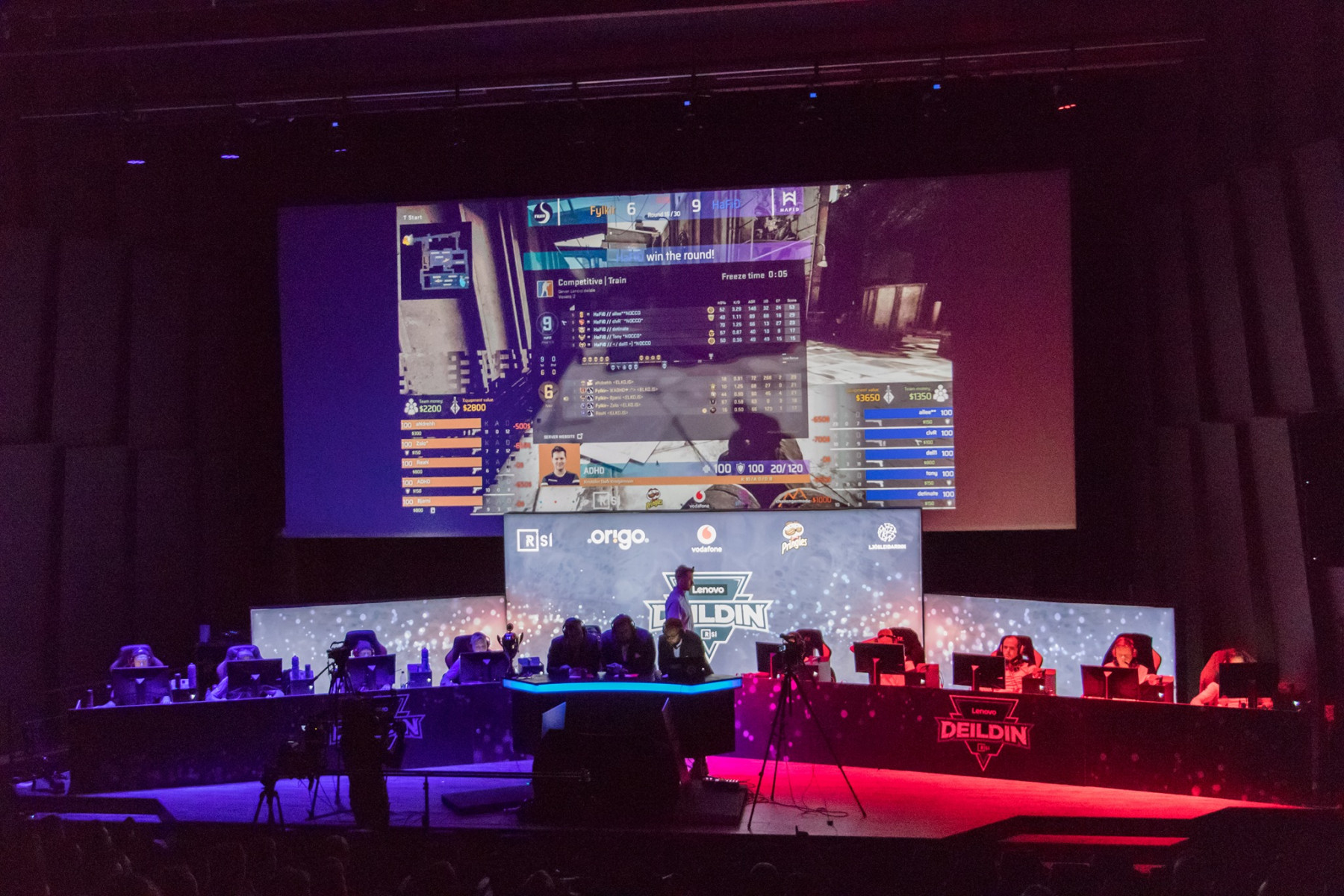Applying lessons from traditional Icelandic sport, Iceland’s unique, successful, and financially viable grassroots esports infrastructure has spawned ambitious aspirations. One of which is to become a top five esports nation by 2025.

Iceland, a remote volcanic rock with a population of just 350,000, might have appeared an unlikely choice for League of Legends’s Mid-Season Invitational and VALORANT’s VCT Stage 2 Masters in May. However, Europe’s most sparsely populated country had combatted well against Covid-19 and thus came to the rescue of global fans thirsting for a glimpse of in-person action.
The S-tier events were a big deal for the country’s surprisingly mature esports scene, which has been passionately spearheaded by the Icelandic Esports Association (IEA) since its formation in 2018.
Nevertheless, large-scale events with top tier talent aren’t what make Icelandic esports stand out. In fact, its most valuable innovation lies on the polar opposite end of the scale.
Doing grassroots differently
The IEA was set up in 2018 to provide an infrastructure for the country’s nascent esports scene. From the outset, the association had ambitious plans that far outstrip the size of the isolated island. Riding on the back of Iceland’s renowned traditional grassroots sporting infrastructure, the IEA is replicating the highly successful grassroots model that enables the country to excel in international sport despite its size.
Speaking to Esports Insider, Ólafur Steinarsson, Chairman of the Icelandic Esports Association, said: “Traditional grassroots sports in Iceland are arguably the most successful grassroots ecosystem in the world. If you look at the results that have been delivered by Icelandic sports, given the size of the population, it is by any metric impressive. That was the inspiration of trying to bring esports closer to that model.”

RELATED: How Critical Force is building grassroots mobile esports momentum
The country’s famed grassroots club-based model helped Iceland become the smallest nation ever to qualify for a major football tournament. Moreover, the country reached the quarterfinals of the Euros 2016 by beating England and has brought home multiple Olympic medals. This is no small feat for a country with a population roughly the size of Wigan.
Sporting overachievement is a product of a particularly well-funded, well-organised domestic grassroots landscape in which all Icelandic clubs have salaried, professionally certified coaches who train children in structured, inclusive environments from a young age. Iceland, in turn, outperforms grassroots structures across the world with much longer histories and much deeper talent pools.
Steinarsson added: “What grassroots sport does here is it doesn’t really focus on the competition aspect, it doesn’t focus on the endpoint of the journey, it focuses on the journey.
“It focuses on making every minute of engaging with this hobby through organised practice meaningful and rewarding for everyone that participates. This is something that I have always believed is traditionally lacking in esports.”
Steinarsson goes on to explain that esports has long lacked structured programmes to help turn novice video game players into esports professionals.
“It feels pretty unfair to put the burden on 10-12 year old kids who see a path in front of them and they have to do it completely on their own,” he said.
“Existing solutions that have aimed to solve this problem within the esports space all focus on the individual, and they basically happen with me confined to my home watching a video and trying to improve my solo queue play. That has nothing to do with what esports actually is.”
Since 2018, the IEA has leveraged the country’s traditional grassroots club infrastructure to provide a self-sufficient ecosystem where anyone can enjoy an organised, constructive and social way of engaging with esports. Working with Reykjavík city council, the IEA helped pass a council proposal to support those same celebrated local sports clubs in opening esports departments and facilities.

Negative public perceptions about gaming, which are a common obstacle for many in the esports industry, soon turned positive. Parents and communities endorsed a recognisable youth training structure that included weekly in-person classes by paid esports coaches complete with physical exercise, lectures, in-game drills and goal-oriented gameplay.
This robust, bottom-up esports landscape looks set to improve the country’s talent pipeline. However, the layout also addresses a core problem all too familiar to those in this difficult corner of the industry: financial viability.
Financially viable grassroots
While top-tier esports enjoy a whole raft of commercial support, many at the grassroots level are still searching for avenues of sustainability. The IEA’s infrastructural setup, however, allows for financial viability by turning communities into esports enthusiasts at an unprecedented rate.
The public endorsement of esports as a legitimate hobby means, for example, enthusiastic parents are willing to pay practice fees for motivated children to train.
Steinarsson said: “You now have kids that are paying for access to infrastructure, coaching and guidance, and that’s huge, because that creates an actual economy that can be used to fuel the growth of infrastructure.
“Across all 20 clubs that over the past 3 years have started esports programmes across Iceland, they all have coaches and all the coaches are getting paid.”

The localised, club-based angle has also proven invaluable for fan engagement. Steinarsson spoke of a time when he ran a 35-person Fortnite tournament for 12-16 year olds at a local LAN centre, and 55 people turned up to watch and cheer them on.
“That is converting a bunch of 12-16 year olds into fans at a higher than one ratio”, he pointed out.
“And these aren’t your traditional esports viewers. These were aunts, uncles, parents, siblings, showing up and showing an interest. They were willing to buy jerseys, buy goods while at the event, they were willing to engage within the ecosystem and be equally as valuable as any other fan in esports.”
While traditional school football matches can attract hundreds of friends and family members, that sort of engagement is usually non-existent in esports.
“You don’t have five 10-year-olds versus five 10-year-olds in League of Legends and there’s 100 parents watching – it just doesn’t happen,” Steinarsson continued. “Getting to that point is absolutely essential for the long-term sustainability of esports [and] shows us how much potential there is in growing the ecosystem.”
With this new model, the IEA wants to build Iceland’s esports industry without relying on traditional methods of mass engagement, producing big tournaments, and selling advertising and media rights.
Regarding the old model, Steinarsson explained: “you’re basically just monetising the top 0.001 percent of players and their potential fans. With the population density of Iceland, that wouldn’t be sustainable.”
However, under the IEA’s model, he stated: “We have over 1,000 kids training esports two or three times a week [and] each kid is paying around $1,000 a year for training. That means just the training fees have created a million-dollar esports ecosystem within Iceland.”
RELATED: Challengermode teams up with Opera GX, creates grassroots esports fund
The IEA plans to export its expertise internationally through a software package that will guide people in setting up in esports gyms. The initiative looks to provide other nations with the same value and structure as those in Iceland.
Steinarsson added: “If we can do this within Iceland, this can be done anywhere. If you can deliver a profit on an esports gym in a neighbourhood in the capital region of Iceland with that population density, you can do it anywhere in the world.”
Setting up tomorrow’s talent
Iceland’s unique formula means they’re dreaming big for the future. The IEA’s mission is to become a top-five esports country in the world by 2025, according to Steinarsson.
Nevertheless, he admitted that the association is not focused on esports’ global sector. “That’s something that we can’t really control. We’re a 350,000-person rock in the middle of the Atlantic. What we can control is how we position kids within Iceland to become the next world class professional players.”
The IEA’s lofty goals betray a rugged determinism said to be characteristic of the country. However, equipped with a successful new grassroots esports model, Iceland may well fulfil its outsized esports aspirations.

